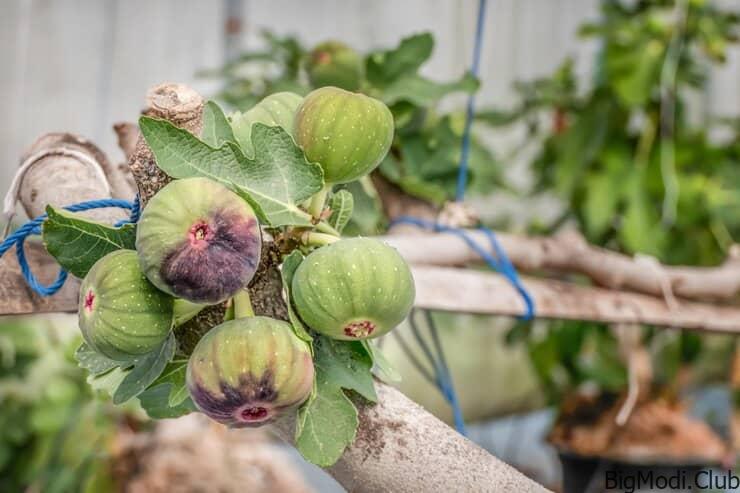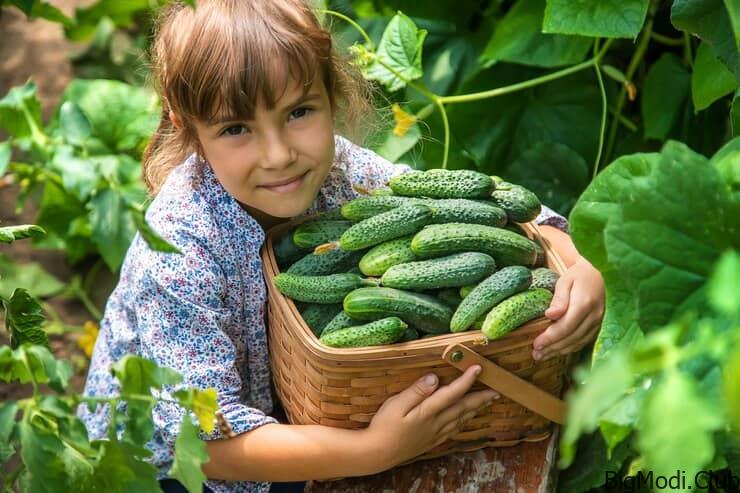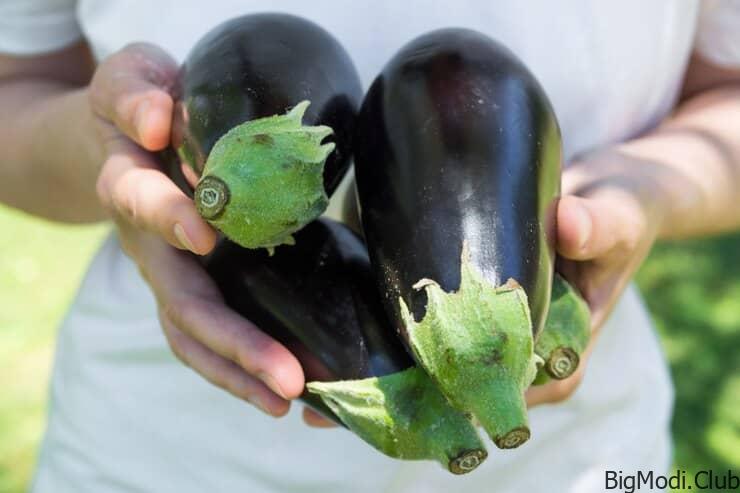Growing bananas at home can be a rewarding experience, providing you with a steady supply of delicious and nutritious fruit. Here are some simple tips to help you grow bananas at home and ensure a bountiful harvest.
Choosing the Right Variety
Selecting the appropriate banana variety is crucial for successful home cultivation. There are several varieties to consider, each with unique growth requirements and fruit characteristics. Some popular varieties for home gardens include:
- Dwarf Cavendish: Ideal for small spaces, this variety produces medium-sized bananas.
- Rajapuri: Known for its tolerance to wind and cooler temperatures.
- Musa Basjoo: A hardy variety that can withstand colder climates, though the fruit may be less sweet.
Choose a variety that suits your local climate and available space.
Planting Bananas
Selecting a Planting Site
Bananas thrive in well-drained soil with plenty of sunlight. Choose a location that receives at least 6-8 hours of direct sunlight daily. Ensure the soil is rich in organic matter and has good drainage to prevent waterlogging, which can cause root rot.
Preparing the Soil
Before planting, enrich the soil with organic compost or well-rotted manure. This enhances soil fertility and provides essential nutrients for banana plants. Aim for a soil pH between 5.5 and 7.0 for optimal growth.
Planting the Sucker
Bananas are typically grown from suckers (offshoots from the main plant) rather than seeds. Select a healthy sucker with a sturdy root system. Dig a hole large enough to accommodate the roots, and plant the sucker with the corm (base) about 2-3 inches below the soil surface. Space multiple plants at least 6-10 feet apart to allow ample room for growth.
Watering and Mulching
Watering Requirements
Banana plants require consistent moisture to thrive. Water the plants deeply and regularly, ensuring the soil remains moist but not waterlogged. During hot and dry periods, you may need to water the plants more frequently. However, avoid overwatering, as this can lead to root rot.
Mulching
Applying a thick layer of organic mulch around the base of the plants helps retain soil moisture, suppress weeds, and regulate soil temperature. Use materials such as straw, wood chips, or compost. Replenish the mulch as needed to maintain its effectiveness.
Fertilizing Bananas
Bananas are heavy feeders and benefit from regular fertilization. Use a balanced fertilizer with a ratio of 8-10-8 (nitrogen-phosphorus-potassium). Apply fertilizer every 4-6 weeks during the growing season. Additionally, supplement with organic compost or manure to enhance soil fertility.
Pruning and Maintenance
Pruning Suckers
To ensure healthy growth and fruit production, manage the number of suckers on each plant. Retain one or two of the strongest suckers as backups for future fruiting cycles. Remove any additional suckers to prevent overcrowding and competition for nutrients.
Leaf Management
Regularly remove dead or damaged leaves to maintain plant health and reduce the risk of disease. This also allows more sunlight to reach the developing fruit.
Pest and Disease Control
Common Pests
Banana plants can be affected by various pests, including aphids, banana weevils, and spider mites. Regularly inspect the plants for signs of pest activity and take appropriate measures to control infestations. Natural remedies, such as neem oil or insecticidal soap, can be effective in managing pests.
Disease Prevention
Common banana plant diseases include Panama disease, banana bunchy top virus, and black sigatoka. To prevent diseases, practice good sanitation by removing infected plant material and avoiding overwatering. Using disease-resistant varieties and maintaining proper spacing between plants can also help reduce disease incidence.
Harvesting Bananas
Bananas typically take 9-12 months from planting to fruiting, depending on the variety and growing conditions. Harvest bananas when the fruit is fully developed but still green. The bananas will ripen off the plant. Cut the entire bunch off the plant, leaving a few inches of the stalk attached.
Ripening Bananas
Place the harvested bananas in a cool, shaded area to ripen. To speed up the ripening process, you can store them in a paper bag with an apple or a ripe banana, which releases ethylene gas that promotes ripening.
Storing and Using Bananas
Storage Tips
Once ripe, bananas can be stored at room temperature for several days. To prolong their shelf life, consider refrigerating the bananas, although the skins may darken. You can also freeze bananas for later use in smoothies or baking.
Culinary Uses
Bananas are versatile and can be used in various culinary applications. Enjoy them fresh, in smoothies, baked goods, or as a topping for cereal and yogurt. Overripe bananas are perfect for making banana bread or muffins.



